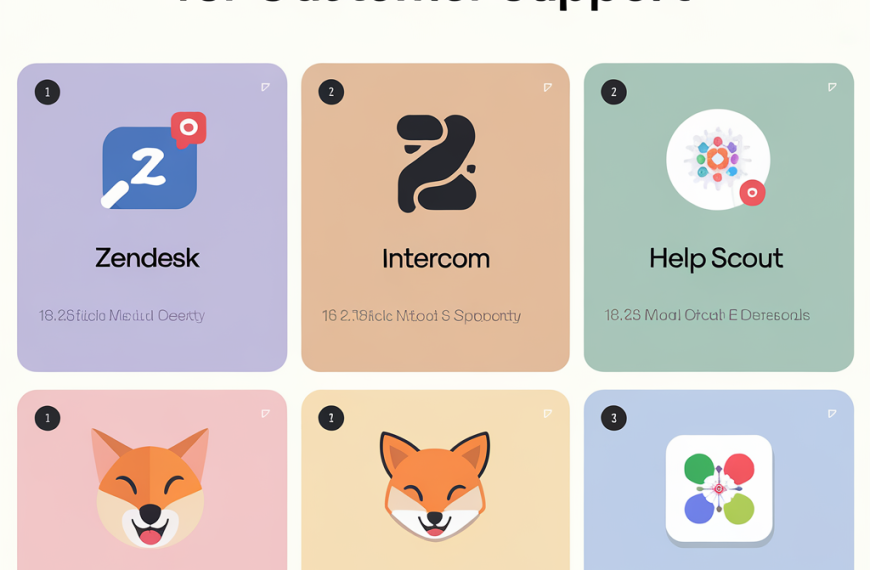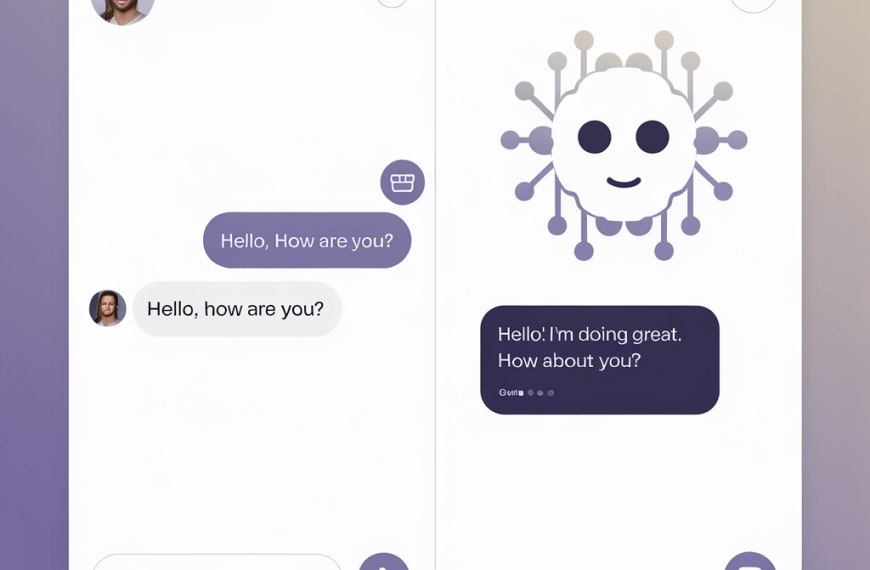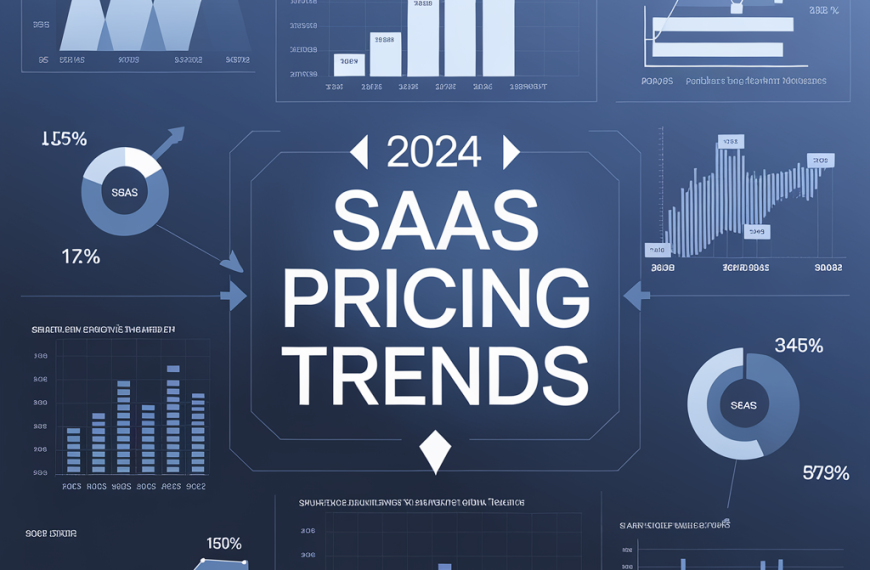The Ultimate Guide to Evaluating Design Tools for Your Business

Introduction: The Importance of Choosing the Right Design Tools
In today’s fast-paced digital world, the right design tools can make or break your business’s creative output. Whether you’re a startup or a well-established company, selecting the right tools is crucial for enhancing productivity, fostering innovation, and maintaining a competitive edge. But with so many options available, how do you choose the best design tools for your business needs?
Section 1: Key Factors to Consider When Evaluating Design Tools
User Experience and Interface
When evaluating design tools, the user experience and interface are paramount. A tool with an intuitive interface can significantly reduce the learning curve, allowing your team to focus on creativity rather than technicalities.
Integration Capabilities
Integration capabilities are essential for seamless workflow. Ensure that the design tool you choose can easily integrate with other software your team uses, such as project management tools, communication platforms, and cloud storage services.
Collaboration Features
In an era where remote work is becoming the norm, collaboration features are more important than ever. Look for tools that offer real-time collaboration, version control, and easy sharing options to keep your team connected and productive.
Customization Options
Every business has unique needs, and customization options allow you to tailor the tool to fit your specific requirements. Whether it’s custom templates, plugins, or APIs, the ability to customize can enhance the tool’s functionality.
Cost vs. Value
Finally, consider the cost versus the value the tool provides. While some tools may have a higher upfront cost, they might offer features that save time and resources in the long run, providing better value for your investment.
Section 2: Comparison of Popular Design Tools
Overview of Tools
- Figma: Known for its robust collaboration features and cloud-based platform.
- Adobe XD: Offers a comprehensive suite of tools for UI/UX design.
- Sketch: Popular among Mac users for its vector editing capabilities.
- Canva: Ideal for quick and easy graphic design tasks.
Pros and Cons of Each Tool
- Figma:
- Pros: Excellent for team collaboration, cross-platform.
- Cons: Requires a stable internet connection.
- Adobe XD:
- Pros: Integrates well with other Adobe products.
- Cons: Steeper learning curve for beginners.
- Sketch:
- Pros: Powerful vector editing, extensive plugin ecosystem.
- Cons: Mac-only, limited collaboration features.
- Canva:
- Pros: User-friendly, vast template library.
- Cons: Limited advanced design capabilities.
Use Cases and Best Fit Scenarios
- Figma: Best for teams needing real-time collaboration.
- Adobe XD: Ideal for detailed UI/UX design projects.
- Sketch: Suitable for designers focused on vector graphics.
- Canva: Perfect for marketing teams needing quick designs.
Section 3: Benefits and Drawbacks of Using Design Tools in a Business Setting
Benefits
- Enhanced Collaboration: Design tools with collaboration features can improve team communication and project efficiency.
- Streamlined Processes: Automating repetitive tasks can save time and reduce errors.
- Improved Creativity: Access to a wide range of design elements can inspire creativity and innovation.
Drawbacks
- Learning Curve: New tools may require training, which can be time-consuming.
- Cost Implications: Subscription fees can add up, especially for premium tools.
- Over-Reliance on Tools: Dependence on tools can stifle creativity if not balanced with traditional design skills.
Section 4: Case Studies of Businesses Successfully Using Design Tools
Example 1: Company A’s Use of Figma for Remote Collaboration
Company A, a global marketing firm, leveraged Figma’s real-time collaboration features to streamline their design process across continents, resulting in a 30% increase in project delivery speed.
Example 2: Company B’s Success with Canva for Marketing Materials
Company B, a small business, utilized Canva’s user-friendly interface to create professional marketing materials without the need for a dedicated design team, significantly reducing costs.
Conclusion: Making an Informed Decision on Design Tools
Choosing the right design tools for your business involves careful consideration of your team’s needs, budget, and long-term goals. By evaluating the key factors and understanding the benefits and drawbacks, you can make an informed decision that enhances your business’s creative capabilities.
Call to Action: Download Our Evaluation Checklist
Ready to choose the perfect design tool for your business? Download our comprehensive evaluation checklist to guide your decision-making process.
SEO Strategy
- Primary Keyword: Design tools evaluation
- Secondary Keywords: Best design tools for business, comparing design software, design tool benefits, case studies on design tools
Categories
- Buying Guides & Tips (ID: 16)
- Comparison Guides (ID: 15)
- Marketing Tools (ID: 13)
- Software Reviews (ID: 6)


 By
By










